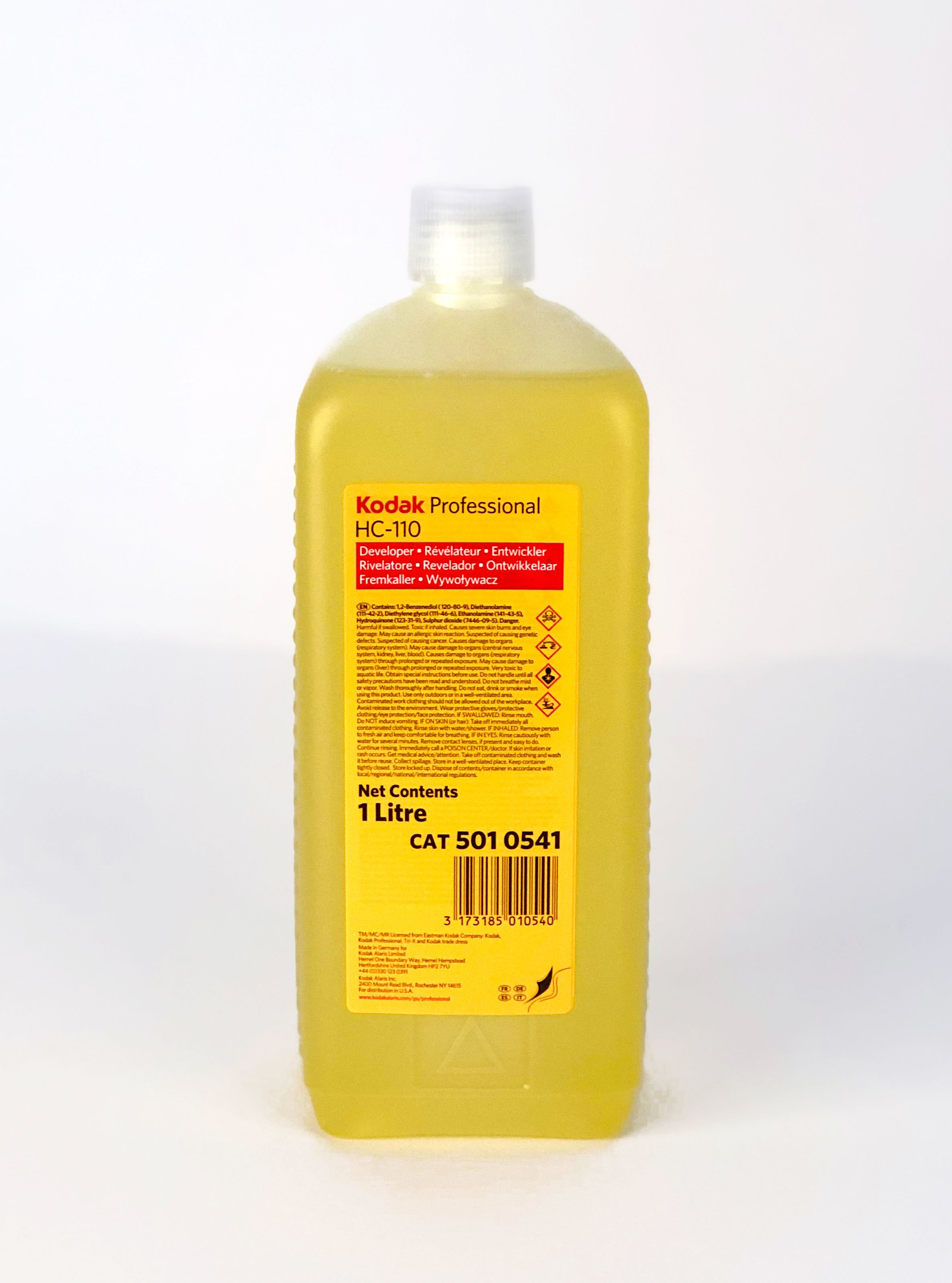

Microphen may also be able to compensate for a half-stop or more of lost sensitivity. Using developers with strong restrainers, such as HC-110 or Microphen, can help reduce the effects of fogging. Note that pushing can exacerbate grain and the effects of heavy fogging. Extremely old film is likely slow to begin with-ASA 50, 25, or even lower-so rating it down more than a couple stops might be difficult depending on your meter or camera. You sure can! Instead of overexposing the film, you can push it in development, and especially with extremely old film, you may want to use a combination of overexposure and push processing.

Negative films can handle quite a lot, and slide film generally tolerates overexposure better than underexposure. For expired film, bracket around the speed you plan to rate the film, or use normal, one stop over, and two stops over (instead of one over and one under).

If you can get multiple rolls of the same expired film, (same source, similar age, likely to have been stored together in the same conditions) you can experiment with one roll and refine.īracketing your shots on the first roll may give you a better chance of getting pleasing results on subsequent rolls. “I would steer anyone away from it if its origins and storage are unknown.” You can push it, you can pull it-it’s just bad,” says Frank. While I have had good luck with expired slide film, most avoid it. Slide film has less latitude than negative film, generally speaking, so nailing exposure is even more important for fresh or expired film. Rated at ASA 100 and exposed 7/2015, developed normally.
#KODAK C41 BLACK AND WHITE FILM PRO#
Fujifilm Pro 160NPS, expired 1/1997, storage unknown. Under 20 years old, I’d likely expose it only one-third of a stop over or at box speed (the manufacturer’s recommended speed) if I knew it had been stored cold or frozen. I would rate it down one stop for every two decades, meaning all of the above is basically halved. If it was stored in a fridge or other cool, dry place, I’d split the difference and rate it at ASA 100.īlack-and-white film holds up much better since it has only a single layer of silver halides, and no color dyes. If I knew it had been frozen all that time, I’d probably rate it down one stop to ASA 200. I usually round down from the 1-stop-per-decade standard, meaning that I would expose ASA 400 for that expired 35 years ago as ASA 50, which is three stops slower. Every expired roll is its own unique beast, so results may vary. The rule of thumb for color negative film is to rate it one stop slower for every decade since it expired, assuming you don’t know the storage conditions. In setting your exposure, you can pretend the box says ASA 25 instead of ASA 100, for example. To compensate for lost sensitivity, it is possible to simply rate the film slower.
#KODAK C41 BLACK AND WHITE FILM HOW TO#
How to compensate for lost sensitivity with expired filmįilm speed is just a measure of the sensitivity of the emulsion on the film: The faster the film, the fewer photons required to modify the silver salts and produce an image. Any age-related brittleness will only be compounded by the additional brittleness all films experience when they’re still cold. Not ideal results, there's not a ton in some of the shadows but this was my edit, otherwise the blacks would have too much "fade" and that's not a look I enjoy.As with any film, let it come slowly up to room temperature if it’s been in the freezer or refrigerator before loading. Incidentally, I had sent this roll off to be developed after taking it, but the technician at the lab for the Fred Meyer sent it back thinking it was true B&W film, even though it says C41 all over the casette. I read an article on Ilford about processing XP2 using B&W developer, so I figured it would work on this too, and it looks like it did. It still amazes me how much information is still there when you pull down highlights in film. Upon doing a preview scan, all I could see was mostly white frames with some faint details, but by changing the values a lot on each frame I found something usable.

Possibly I hadn't set my film speed correctly on the camera. This roll was expired when I shot it about two years ago, it was the first roll I put through my little Ricoh 500G rangefinder, and I think I must have overexposed these a lot. I understand it was popular in the days when C41 development could be gotten anywhere, but B&W was a little more specialized if you didn't develop it yourself. BW400CN is/was (it's discontinued now, leaving Ilford XP2 Super the only similar film left on the market) a C41 black and white film, meaning it can be processed in the standard color process.


 0 kommentar(er)
0 kommentar(er)
